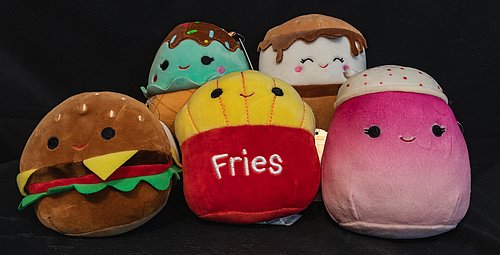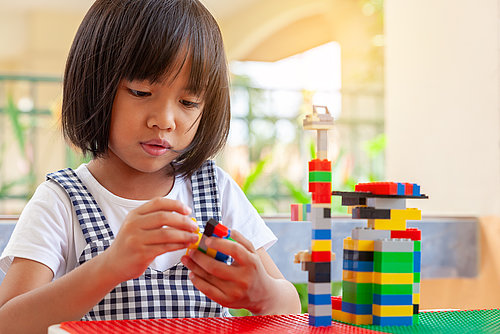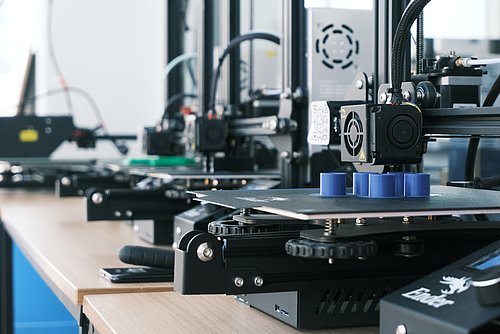
We are Family, Families, Children's marketing, Research, Research Agency, Accessible toys, Toys, Kids disabilities
Accessible Toys

Though as much as 22% of the UK population has some form of disability, I feel like the toy industry has not focused on this section of the market. It’s a shame on a number of levels; a lack of accessible toys can both slow children’s development and cause social exclusion. It also means that specialty toys for children with disabilities can be costly. There have been third-party businesses that adapt kid’s products for years, but they are generally more expensive than the off-the-shelf version because of the additional labour needed.
There is some good news though. The pace is slow, but it seems that the industry is making an effort to cater to disability, introducing products that can be enjoyed by everyone.
Findings from research on inclusive indoor play suggest that play should have various modes and include many levels of challenges to be inclusive. Many toys do not fulfil these criteria; for example, video game controllers and joysticks usually require excellent motor control.
Xbox recognised this issue and introduced their Xbox Adaptive Controller for gamers with limited mobility. Organisations such as the Cerebral Palsy Foundation, the AbleGamers Charity, The Cerebral Palsy Foundation, SpecialEffect and Warfighter Engaged helped create the new controller, a great step getting those directly impacted by inaccessible design involved in the process. Gamers can use the controller in many different ways depending on their needs. The setup is highly customisable with mounts, large joysticks and large buttons that can be pressed with hands, legs or even chin. The different devices connect together to create a unique, custom controller that suits personal needs. Lauren West, former manager of the Muscular Dystrophy UK’s youth campaign group Trailblazers, says it’s good to see a mainstream product designed for accessibility. “It’s usually charities adapting products off the shelf,” she said. “The games industry hasn’t been hugely supportive — some companies have been locking out customised controllers.”
Another toy that has been made more accessible is LEGO bricks. Inspired by a blind entrepreneur, Matthew Shifrin, who relied on his friends to help him adapt LEGO instructions, LEGO introduced audio and braille building instructions. The company started using AI technology to make playing with their product accessible for those with vision impairment. The AI software translates LEGO visual digital instructions to text-based descriptions for braille and voice-commanded instructions. Currently, the adapted instructions for 65 different LEGO sets are available for free online. As emphasised by Shifrin, the accessibility of LEGO to blind children can be very beneficial for their development - “For blind children, we don’t have access to what sighted kids are used to. LEGO bricks enable us to learn about our environment, to see the world. It is so important because blind kids get left out of a lot of social stuff, especially in elementary school.”
Lego has also introduced Braille Bricks — a toy that helps children learn Braille in a fun way. The bricks are a great new educational tool because kids can easily correct mistakes, in contrast to traditional tools such as a typewriter (which are still in widespread use in this context due to the cost of more advanced technologies). The tool also encourages creativity, as kids can create crosswords or anagrams. Braille Bricks are distributed to eligible children for free by associations in different countries. The product is not currently available for sale.
As great as it is to see new inclusive games and devices, I remain critical of the overall state of the toy market. There are many toys that cannot be easily used by everyone and the only available adaptations are those made by small businesses or provided by charities. The adapted toys most often come with a hefty price tag, making them hard to access for some. It is inspiring to see companies become more inclusive and I am hoping to see more accessible and inclusive toys in the future.


